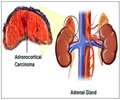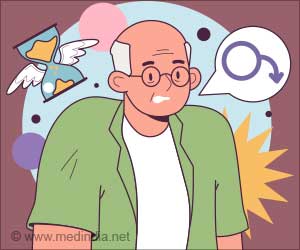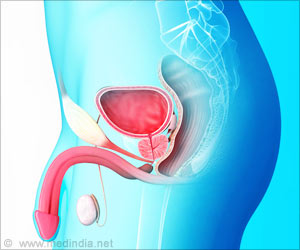Researchers at the New England Research Institute have found that one out of four men over 30 have low testosterone levels, but only one out of every 20 men have clinical symptoms linked to such a deficiency.
The study suggests that as men age, they are more likely to experience symptoms such as lack of sex drive and erectile dysfunction as a result of low levels of testosterone.If low testosterone is accompanied by androgen deficiency, it can indicate low sex drive, erectile dysfunction, osteoporosis or fracture, and two or more of the following: sleep disturbance, depressed mood, lethargy or diminished physical performance.
"Low levels of testosterone impact many aspects of male physiology," Live Science quoted lead author Andre B. Araujo, as saying in a statement.
"This is particularly significant because the ongoing aging of the U.S. male population is likely to cause the number of men suffering from androgen deficiency to increase appreciably," he added.
Scientists examined data from almost 1,500 men enrolled in the Boston Area Community Health Survey.
The survey-tracked people aged 30 to 79 years and compiled data on factors such as testosterone, symptoms of hormone deficiency, and medications that may impact sex hormone levels.
Advertisement
Based on the results, the researchers estimated that by 2025 there might be as many as 6.5 million American men between the age of 30 and 79 years of age with symptomatic androgen deficiency.
Advertisement
"Well-designed, randomised, placebo-controlled trials would be needed to address the risks and benefits of testosterone therapy," he added.
The study will appear in the November issue of the Journal of Clinical Endocrinology & Metabolism.
Source-ANI
SRM/J









